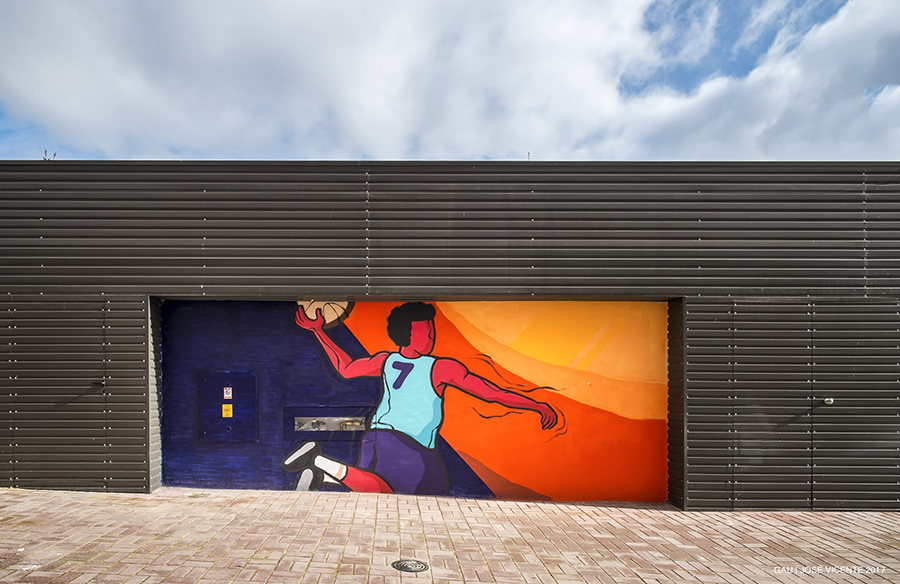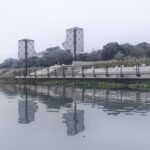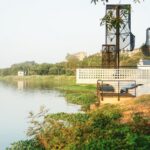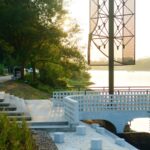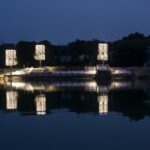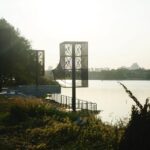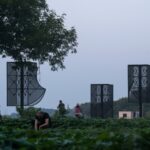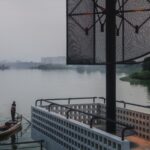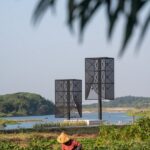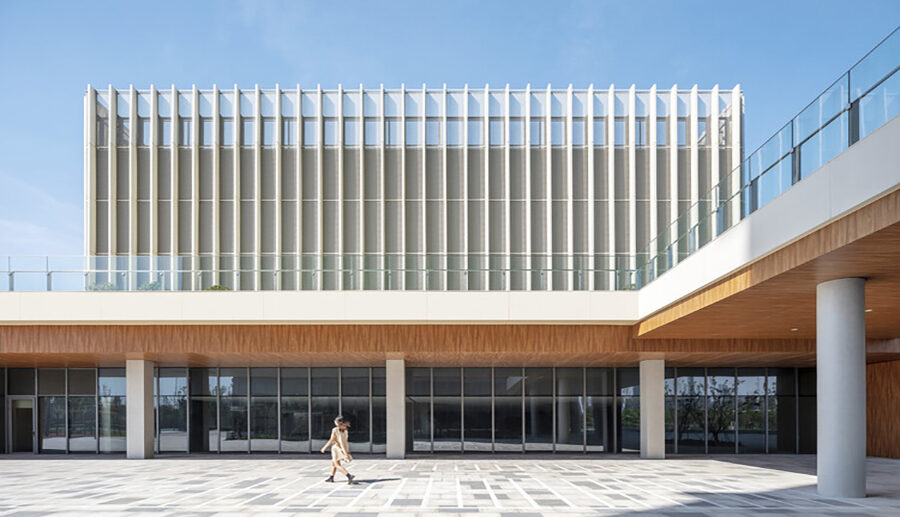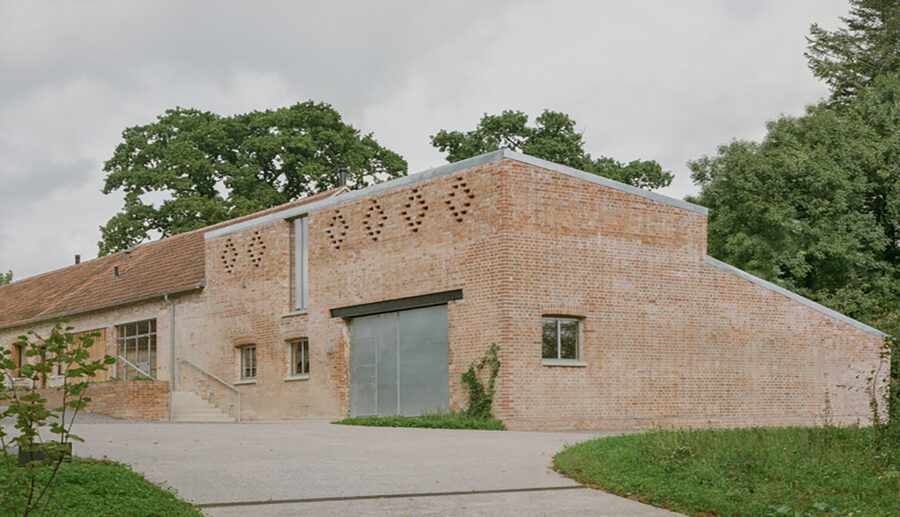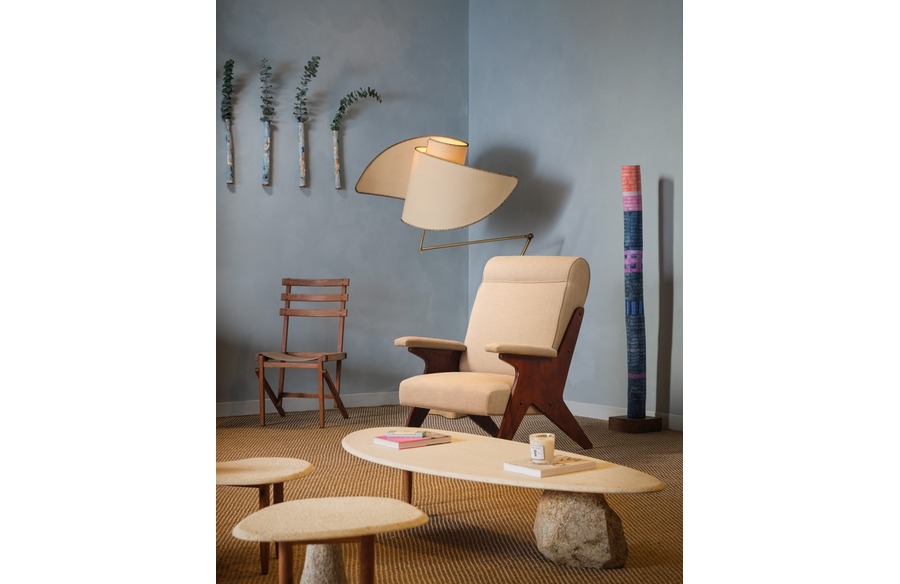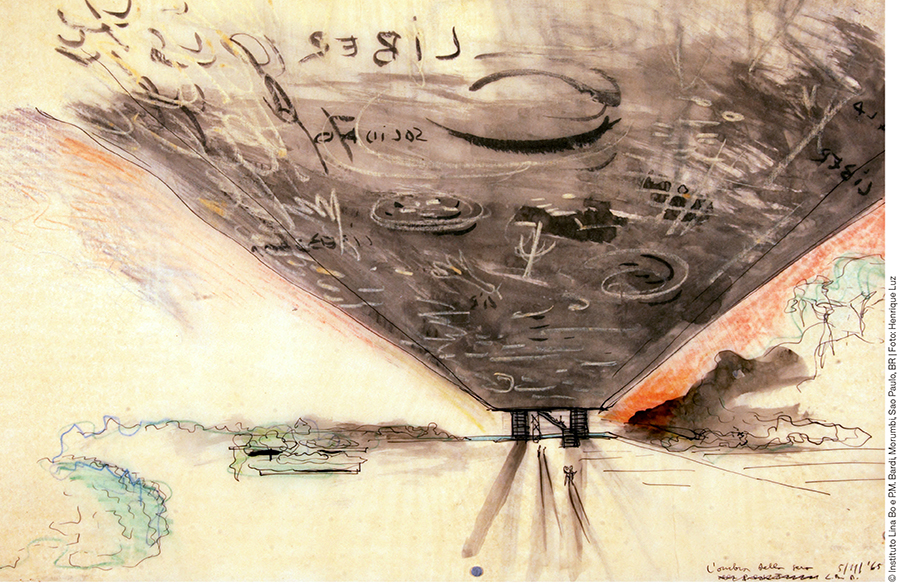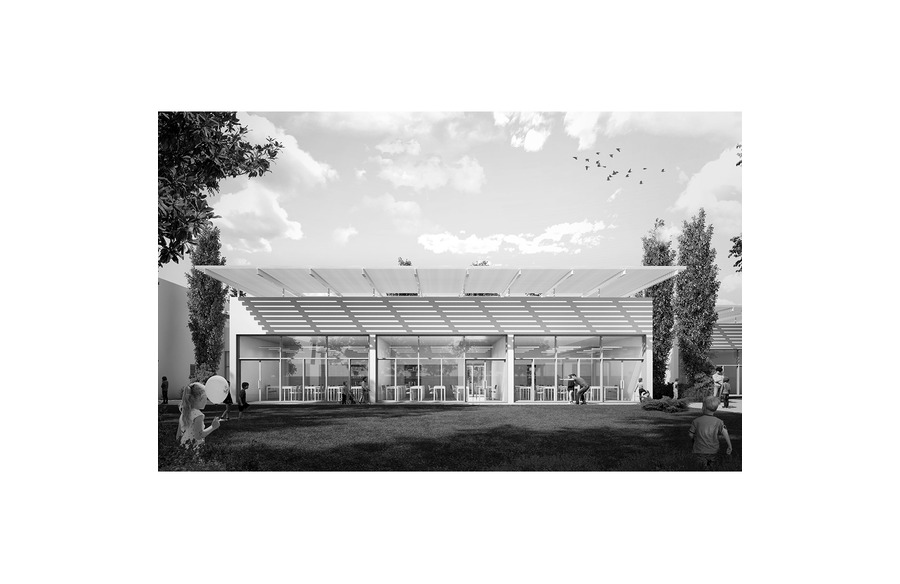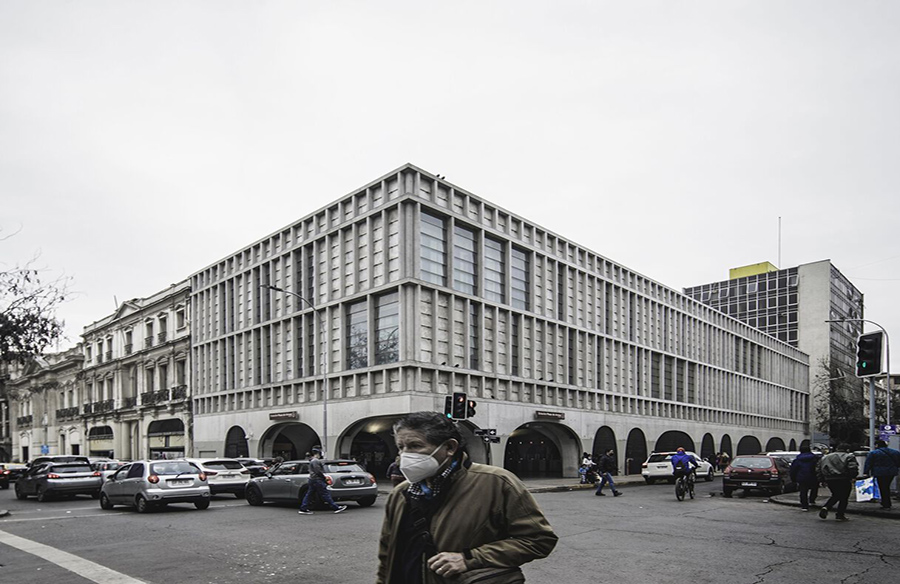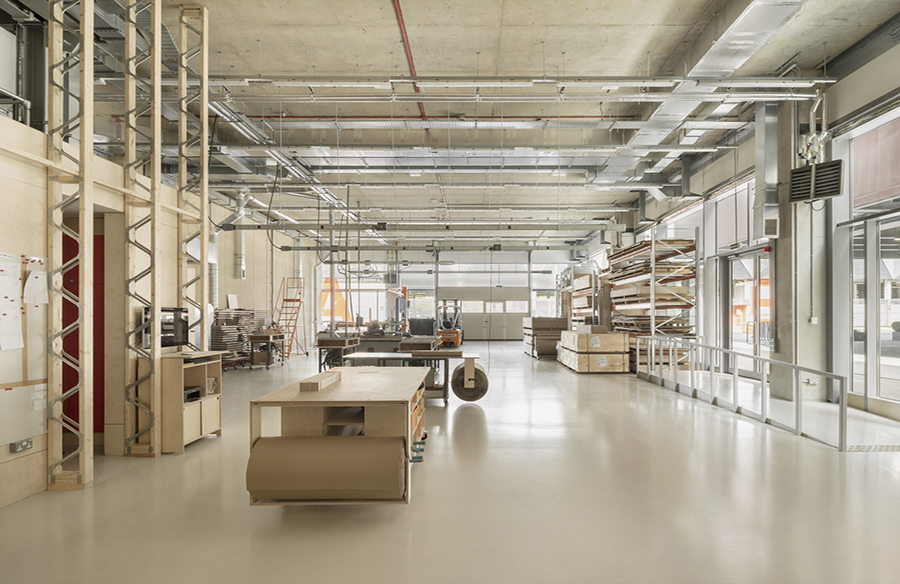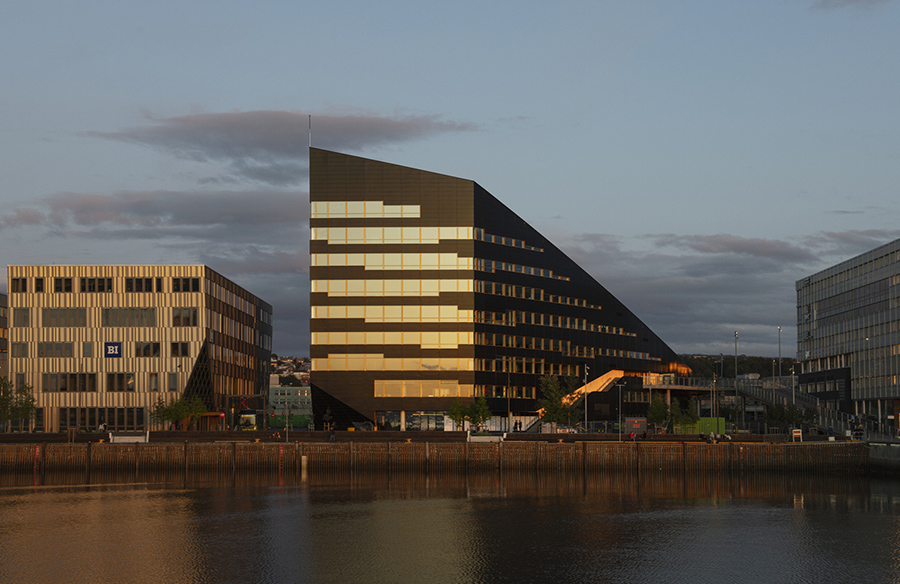Integrating Functionality: “The Wind Rises” Installation in Quzhou
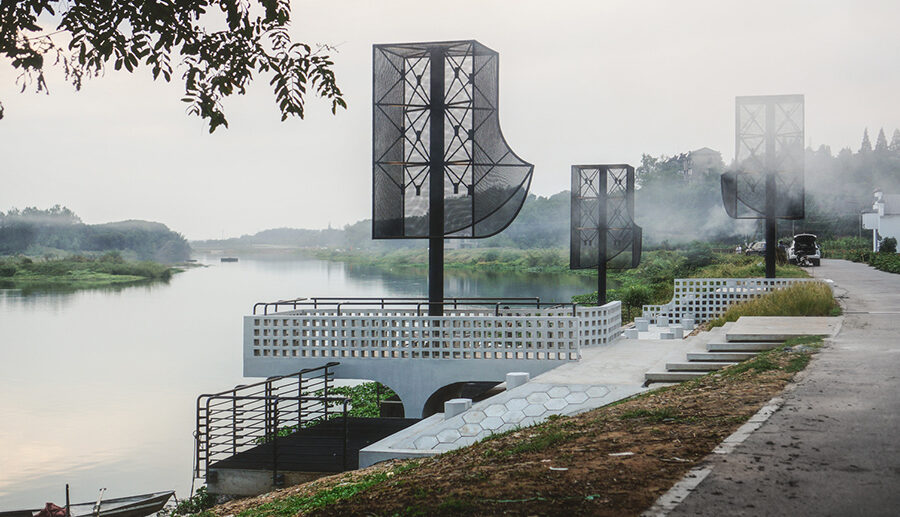
Conceptualizing the Quay Design
In 2023, Qing Studio embarked on a unique project in Quzhou, China, known as “The Wind Rises” installation. Initially conceived as a small quay capable of accommodating medium-sized cruise ships, the design evolved to incorporate various components such as outdoor swimming pools, diving platforms, and fishing platforms. By utilizing a modular approach, the design team developed five unit modules based on a single-column elevated trestle prototype to meet diverse environmental and functional requirements.

Spatial Planning and Adaptation
The layout of the quay was meticulously planned to optimize functionality while integrating seamlessly with the surrounding landscape. The cross-shaped design follows the course from two directions, enclosing the swimming pool area and extending into the farmlands opposite the village entrance. Additionally, for flood safety reasons, “The Wind Rises” serves a dual function, transitioning from a quay deep into the river to become part of the flood protection slope along the Qujiang River.
Multi-Level Platforms and Accessibility
“The Wind Rises” installation introduces multi-level platforms at different elevations, catering to a range of activities and interactions with the water. These platforms, constructed using hollow steel grid plates, hexagonal slope protection bricks, and concrete, offer spaces for villagers to sit, lie down, or enjoy scenic views. The elevated platform provides direct access from the road to the river, enhancing accessibility for residents and visitors alike.
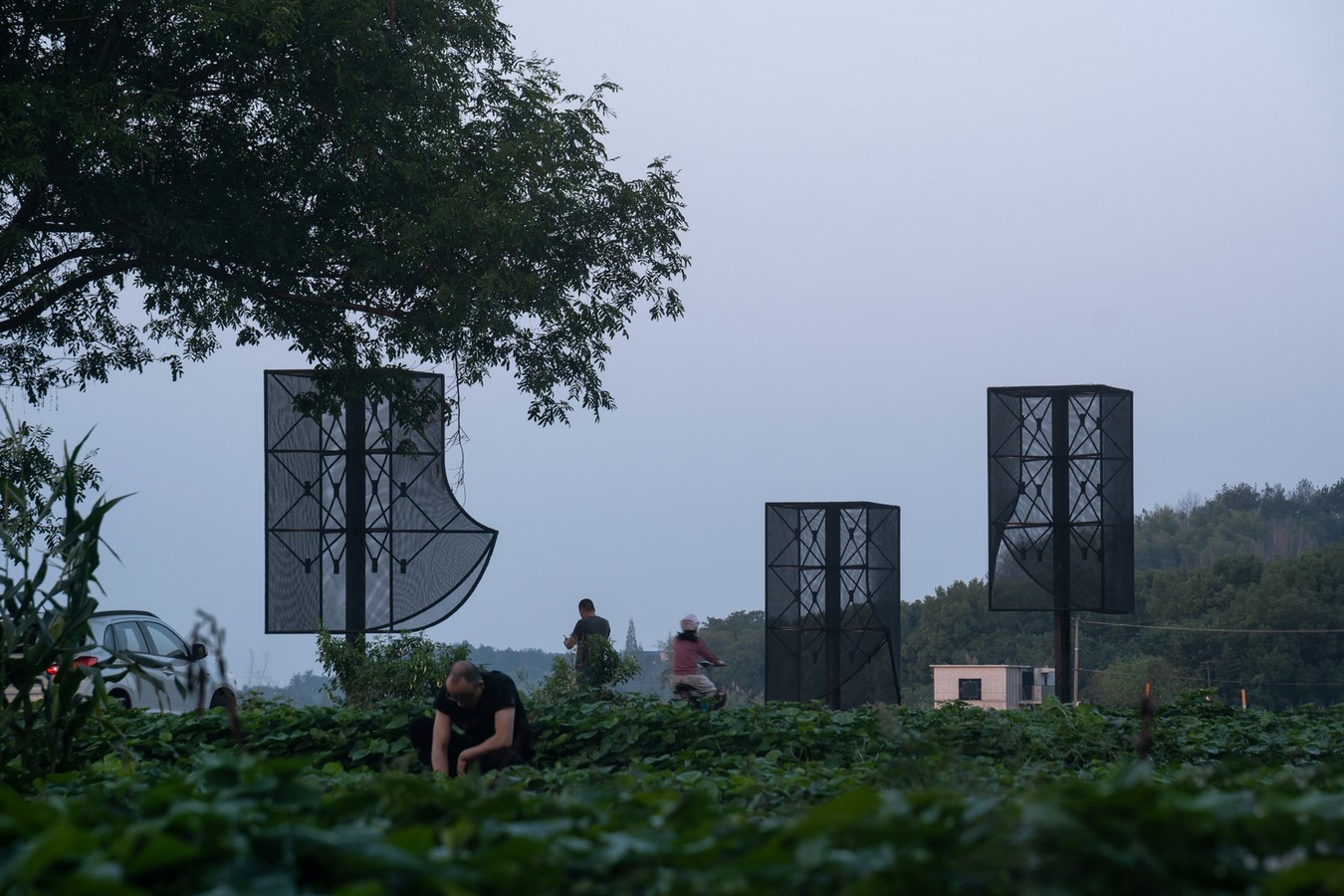
Lighthouse-inspired Architecture
From a distance, “The Wind Rises” presents itself as three translucent square towers standing on platforms of varying heights, resembling lighthouses. The steel structure frame, supported by a single column, is covered with a fine metal extension net, filtering the scenery of the river into a hazy layer. Illuminated at night, these towers serve as beacons for boats on the river while providing shelter and shade for villagers. The eaves of the square towers, bending in different directions, symbolize the dynamic movement of the wind.
Conclusion: A Fusion of Functionality and Aesthetics
“The Wind Rises” installation in Quzhou exemplifies Qing Studio’s innovative approach to mixed-use architecture. By integrating functional elements with aesthetically pleasing design features, the project not only enhances the landscape but also enriches the community’s recreational and social experiences along the riverbank. As a symbol of harmony between human activity and natural surroundings, “The Wind Rises” stands as a testament to the transformative power of architectural creativity.


